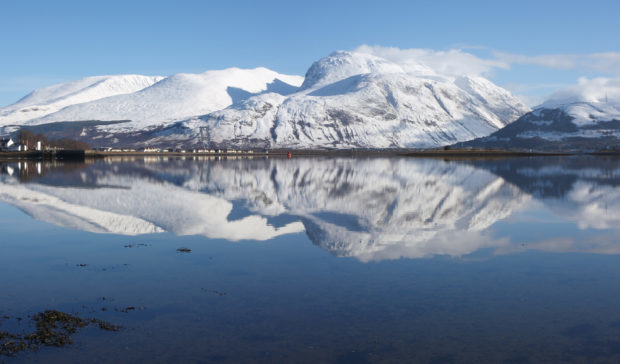A £3.4million, five-year campaign to help preserve the natural wonders of Scotland’s most famous mountain for future generations has reached its conclusion.
The Nevis Landscape Partnership was a programme of 19 projects, involving a significant number of volunteers and experts from a variety of fields brought together to help analyse and improve the environment of the exalted peak.
Among the ambitious goals of the partnership was the repair of more than three miles of the Ben Nevis Path, which is damaged by hundreds of thousands of walker’s boots every year.
The extensive restoration venture involved 3,500 hours of volunteer effort in addition to professional contract work and 1,100 helicopter lifts of around 1,000 tonnes of stone.
More than 12,000 native trees were planted over a space of more than 54 acres, with the assistance of 384 children from 15 different schools or youth organisations.
But one of the key parts of the five-year partnership – almost half of which was paid for by the Heritage Lottery Fund – was the North Face Survey to find out more about the rare and precious plant life living on some of the most hard-to-reach parts of Ben Nevis.
Working together closely with professional climbing experts, botanists gained access to perilous regions of the mountain as part of their research.
Prior to the survey, botanists believed only around 50 populations of alpine plants survived on the North Face, but, by the time the study had concluded, more than 300 species were identified.
Two species never previously confirmed on Ben Nevis were also recorded.
Mike Pescod, mountain guide and chairman of the Nevis Landscape Partnership, told the Herald newspaper: “When we were introduced to the botanists, they alluded to ice axe-wielding climbers who ripped out plants.
“But after three years of working together, it was clear we shared a passion and enthusiasm for the place, landscape and the plants.”
Following the survey, Mr Pescod said Ben Nevis mountaineers now have a better understanding and appreciation for its hardy greenery, and seek them out during hikes and take photos to share information with the world of botany.
He added: “It’s lovely to be able to climb and know what these plants are that I’m looking at. It elevates your day.”
